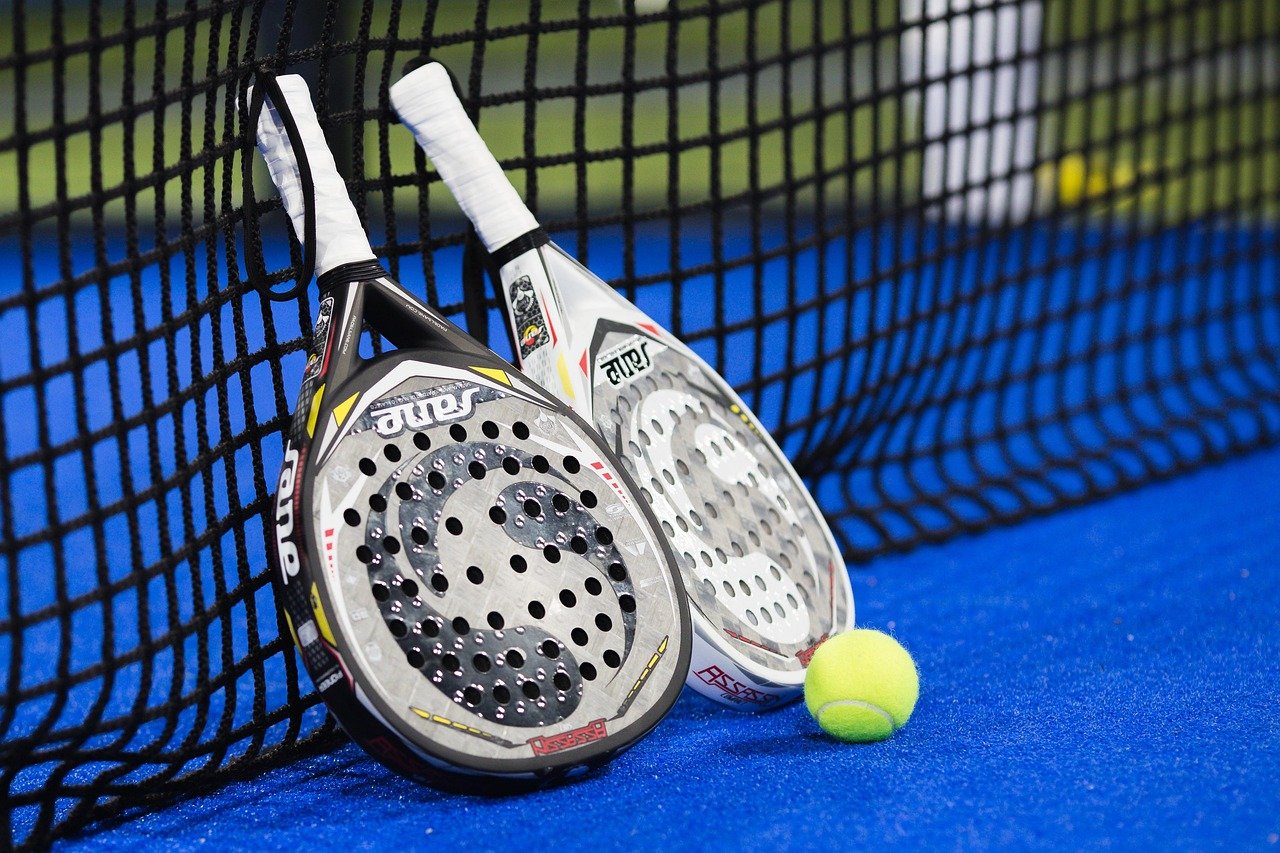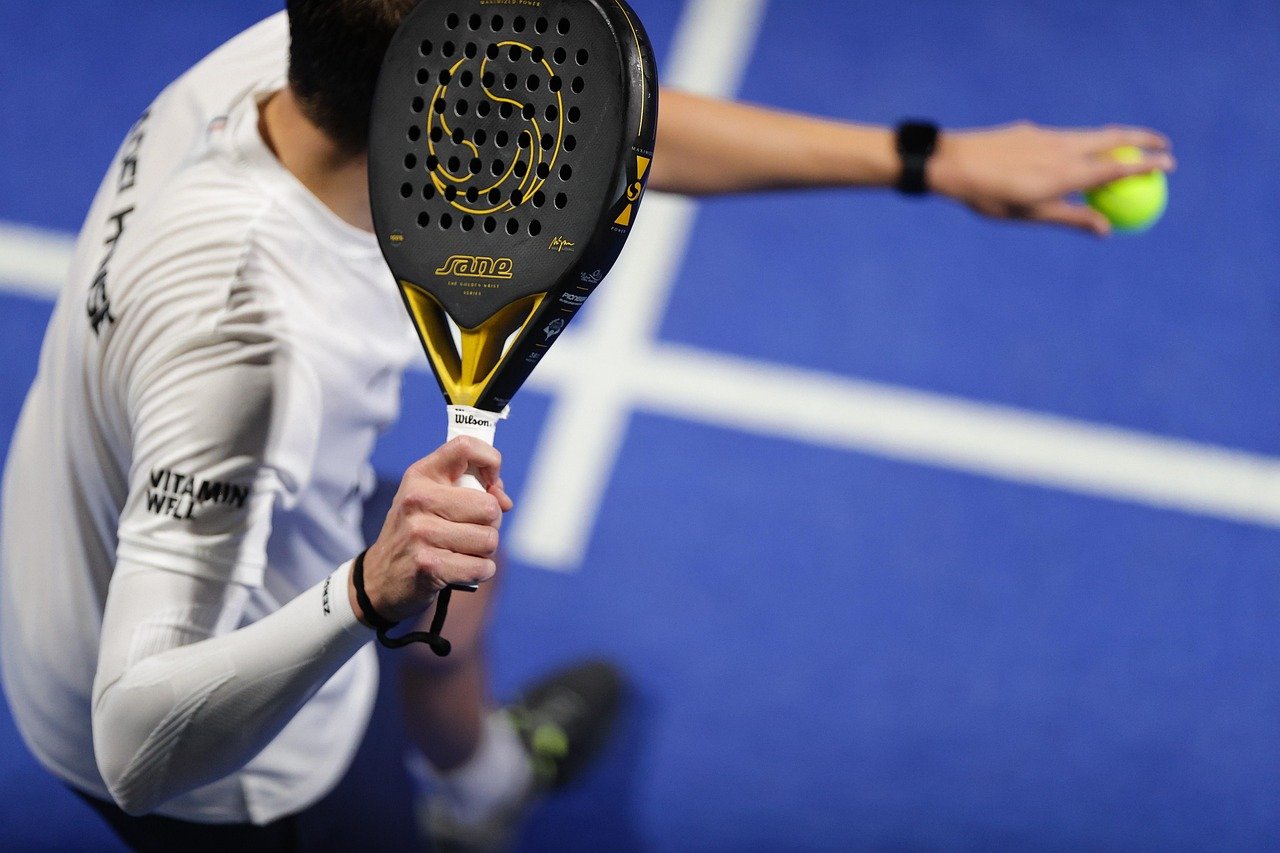One of the most unique aspects of padel is the ability to play the ball after it rebounds off the wall. This isn’t just a gimmick—it’s a core part of the sport that adds depth and strategy. But knowing when to use the wall (and when not to) is what separates smart players from the rest. In this guide, we break down the tactical decision-making behind wall use, including defensive resets, attack building, and the common mistakes players make.
Understanding Wall Play in Padel
Padel is played on a court enclosed by glass and mesh walls. Once the ball bounces, it can hit one or more walls and still be returned—either after rebounding or by hitting it directly into a wall to rebound onto your opponent’s side.
This creates more rally opportunities, but also more decisions. The walls can buy you time, force angles, and change the rhythm. But they can also backfire if used poorly.
When You Should Play Off the Wall
1. When You’re Under Pressure
Using the back wall is ideal when you don’t have time to prepare a direct return. Letting the ball bounce and come off the wall gives you an extra second to get into position.
Why it works:
- Buys time when stretched wide or deep
- Helps avoid rushed, mistimed shots
- Ideal for defensive resets
Key tip: Stay calm and position yourself so you can strike the ball after the rebound, ideally around waist height.
2. To Reset the Point
If your opponent is controlling the net and pressuring you at the back, playing off the wall helps you stay in the rally until you can retake control.
Why it works:
- Slows the tempo
- Keeps the ball in play longer
- Forces opponents to make another move
Key tip: Use a lob or slow groundstroke off the wall to push your opponents back.
3. To Build a Tactical Attack
Some players use the side or back glass to create unusual angles or drop shots that catch opponents off-guard.
Why it works:
- Creates unpredictable trajectories
- Breaks opponent rhythm
- Opens up space
Key tip: Combine wall rebounds with changes in speed or spin for maximum effect.
4. When Returning Fast, Low Shots
Low balls can be difficult to lift directly, but using the wall helps generate height and trajectory without overreaching.
Why it works:
- Gives you better body positioning
- Makes awkward returns more manageable
- Reduces the risk of errors
Key tip: Focus on control, not power—simply keep the ball in play.
When You Should Avoid the Wall
1. When the Ball Has Too Much Bounce
If a ball bounces high or away from the wall too fast, trying to use the rebound can throw off your timing.
Why it’s risky:
- Ball may bounce too far from the wall
- You lose control and timing
- Higher chance of mishits
Better option: Move to intercept before it hits the wall if possible.
2. When You’re Close to the Wall
Being too close when the ball hits the glass limits your swing and reaction time.
Why it’s risky:
- Not enough space to prepare your shot
- You might strike the ball too early or too late
- Risk of hitting the wall with your racket
Better option: Step back or let the ball pass you before returning.
3. When You Have Time for a Direct Shot
If you’re in good position with time to hit the ball cleanly after the bounce, playing off the wall adds unnecessary complication.
Why it’s inefficient:
- Slows down your play
- Gives your opponent time to recover
- Misses opportunity to attack
Better option: Hit a direct forehand or backhand to keep pressure on.
4. When Playing Close to the Net
Wall use is rare near the net, and attempting to play off it often leads to poor angles or net errors.
Why it’s risky:
- Little reaction time
- Ball rarely rebounds helpfully at short distance
Better option: Focus on volleys and overheads up front.
Developing Better Wall Judgement
Using the wall effectively is all about timing and decision-making. As a general rule:
- Use the wall when you’re in a defensive position
- Avoid the wall when you’re attacking or have control
- Practise letting the ball pass and reading its rebound
Wall Practice Drills
If you’re new to wall play, try these drills:
- Solo Rebounds: Hit the ball against the wall and practise returns from various heights
- Partner Drops: Have a partner feed balls that bounce off the back wall to improve timing
- Wall-to-Wall Rallies: Rally with a partner using only balls that bounce off the back glass
Final Thoughts
The walls are what make padel uniquely tactical, but that doesn’t mean you should use them on every shot. Learning when to play off the wall—and when to avoid it—can transform your game. Think of the walls as your extra teammate when used wisely, but one that can turn against you if used carelessly. With regular practice and smart decision-making, wall mastery will become one of your strongest assets on court.



